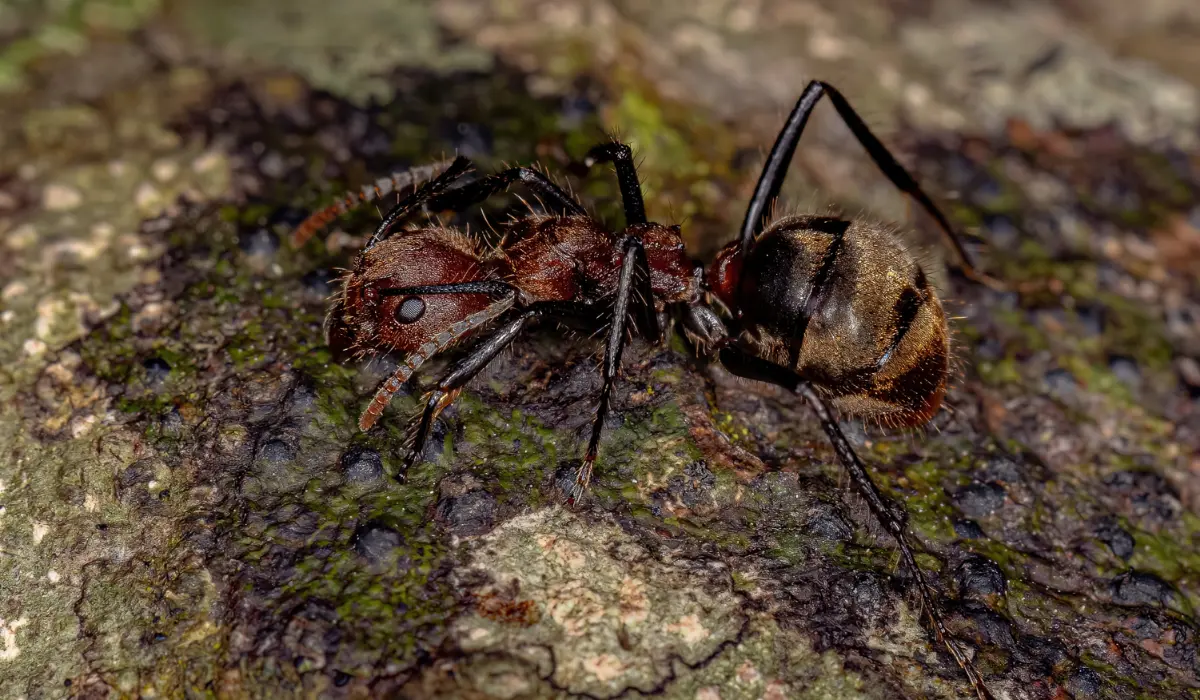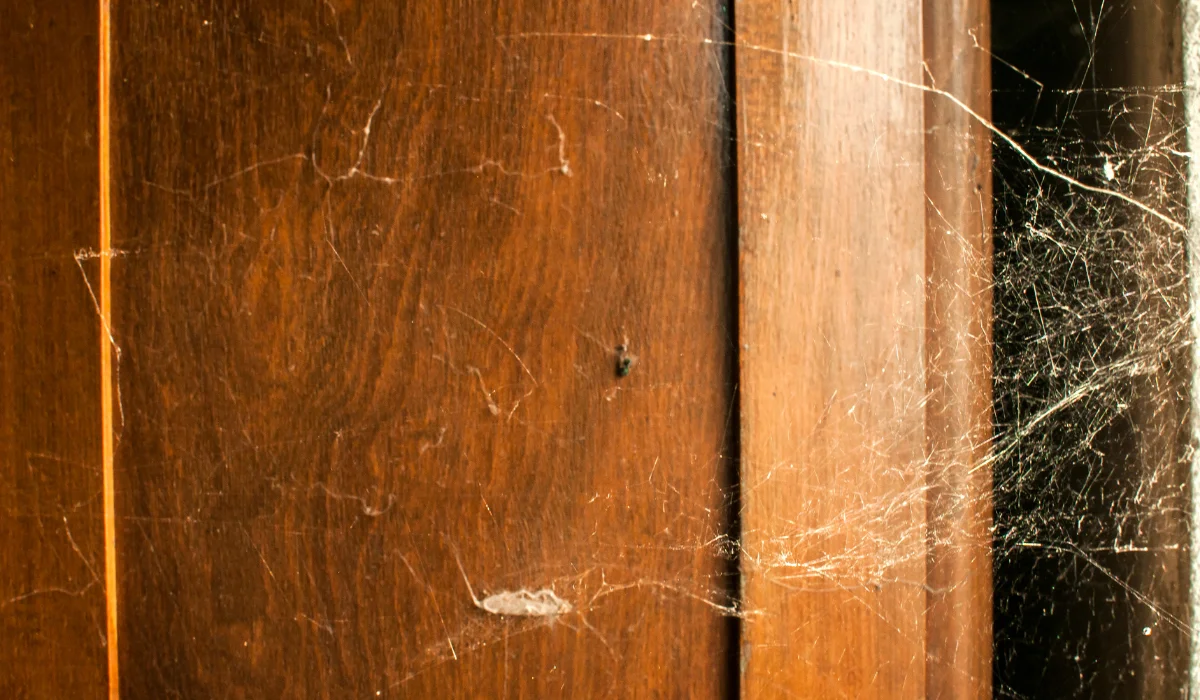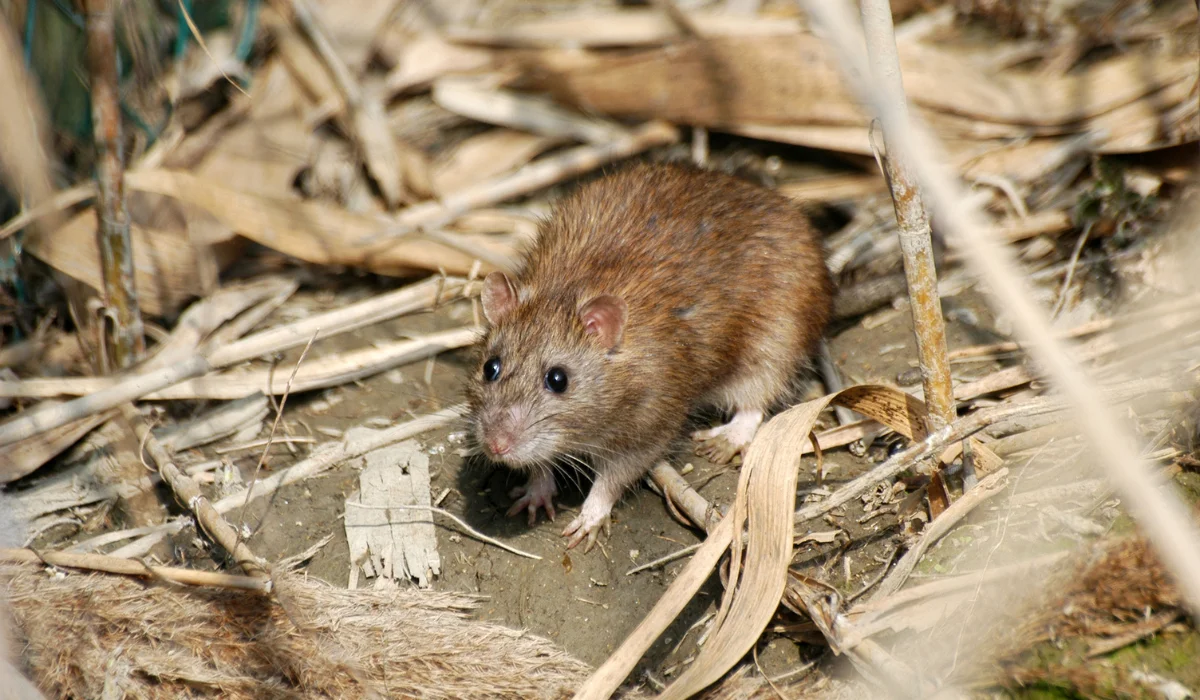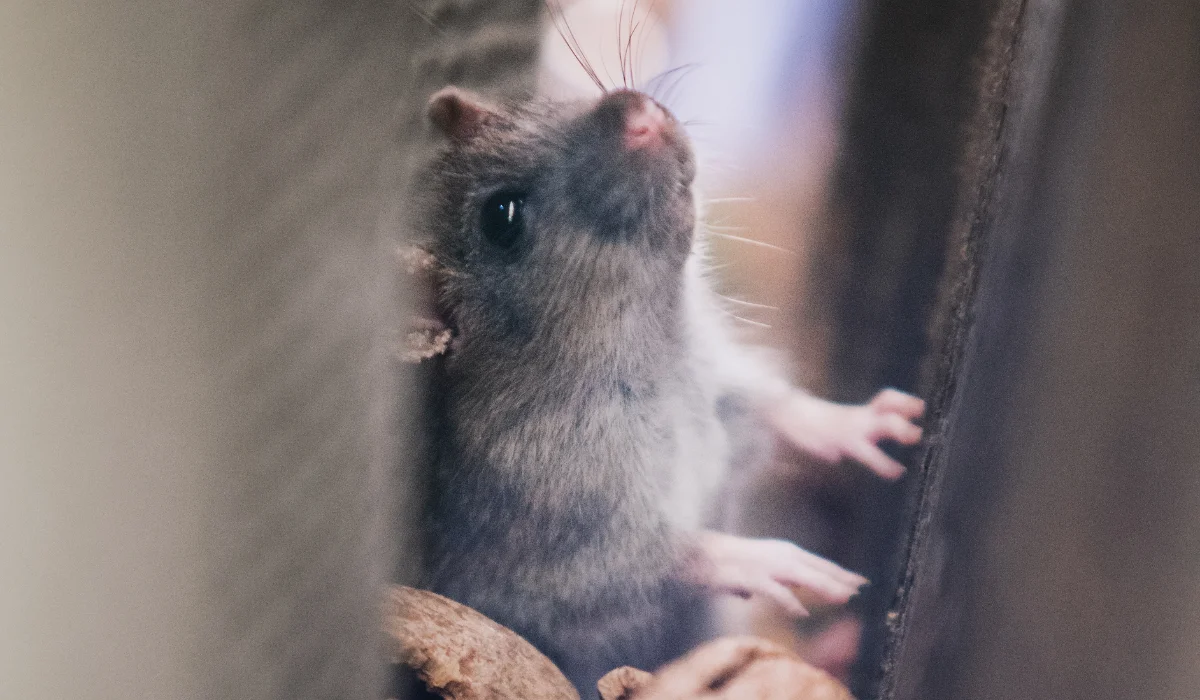Ever noticed tiny ant workers marching through your kitchen and wondered what type they are?
Understanding whether you’re dealing with pavement ants or odorous house ants can save you time and effort in getting rid of them.
Keep reading to learn how to manage and tell them apart.
Key Takeaways
- Pavement ants and odorous house ants differ in color, size, and distinct physical features, such as their smell when crushed.
- Pavement ants are highly aggressive and prefer nesting outdoors, while odorous house ants relocate indoors or outdoors when disturbed.
- Signs of an infestation include large groups of ants in kitchens, swarming winged ants, and, for odorous house ants, a rotten coconut smell.
- Preventing future infestations involves sealing entry points, removing food sources, and seeking professional help for severe cases.
PAVEMENT ANTS VS ODOROUS HOUSE ANTS: KEY DIFFERENCES
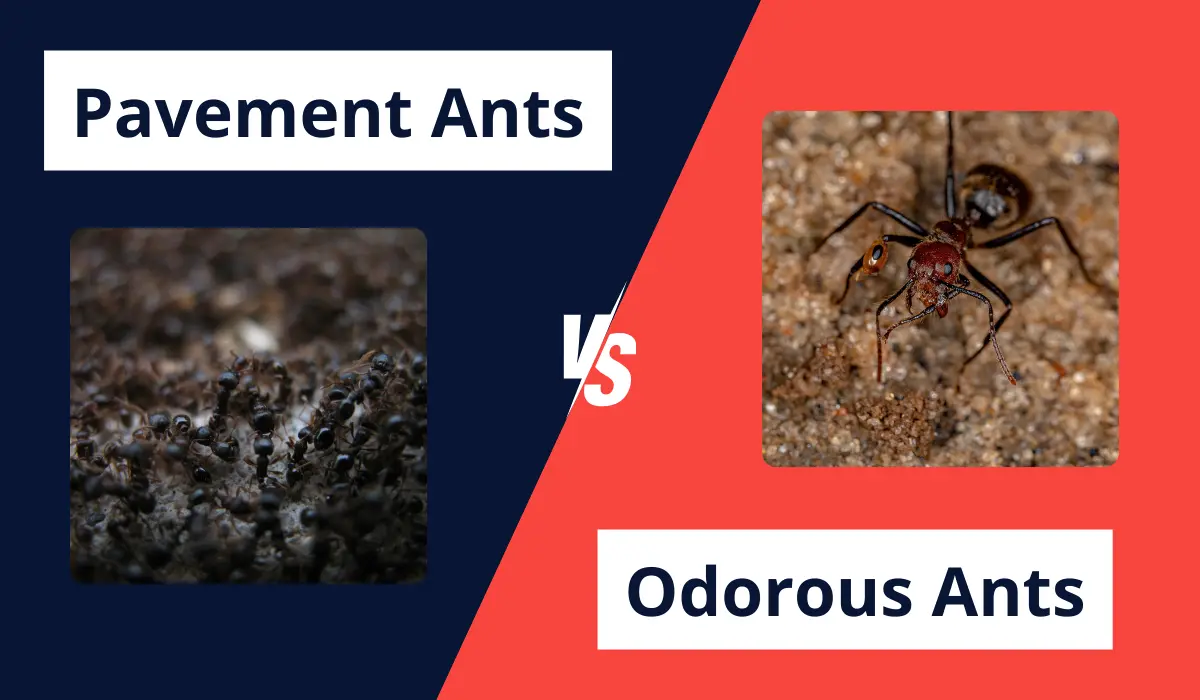
Pavement ants and odorous house ants are two black ant species frequently found in urban environments. However, their similarity may end there, as they show differences in physical features, behavior, and common habitat.
| Physical Features | Pavement Ants | Odorous House Ants |
|---|---|---|
| Color | Dark brown to black | Light brown to black |
| Size | 2.5 to 4 mm | 2.4 to 3.3 mm |
| Body Features | Grooved head/thorax | Smooth head/thorax |
| Distinct Smell | None when crushed | Coconut-like odor when crushed |
Behavior And Diet
Understanding how pavement ants and odorous house ants behave and what they prefer to eat can help manage their presence effectively.
Consider these differences in behavior and diet to help you distinguish the two:
| Behavior and Diet | Pavement Ants | Odorous House Ants |
|---|---|---|
| Aggressiveness | High | Moderate |
| Food Preference | Insects, grease, sugary substances | Sweets, dead insects, greasy foods |
| Caste System | Yes | Yes |
| Behavior When Disturbed | Defend nests fiercely | Relocate to new nesting sites |
Common Habitat
Exploring the common habitats of pavement ants and odorous house ants reveals where these pests are most likely to be found. Here’s how their preferences differ:
| Common Habitat | Pavement Ants | Odorous House Ants |
|---|---|---|
| Nesting Locations | Under sidewalks, building foundations | Wall voids, under sinks, houseplants |
| Indoor/Outdoor Presence | Mostly outdoors, occasionally indoors | Both indoors and outdoors |
| Preferred Nest Materials | Concrete areas | Moist areas such as rotten wood |
HOW TO GET RID OF ODOROUS HOUSE AND PAVEMENT ANTS
Getting rid of odorous house ants and pavement ants can be a bit of a hassle, but it’s definitely doable with the right approach.
Here are some strategies to guide you to an ant-free home:
- Identify the Ants: Properly identify the different species of ants.
- Keep It Clean: Regularly clean kitchen counters, floors, and other areas where food is prepared and consumed.
- Seal Entry Points: Use caulk to seal gaps and cracks around windows, doors, and foundations.
- Remove Food Sources: Store food in airtight containers and promptly clean up spills.
- Use Ant Baits: Place ant baits where you notice ant activity.
- Bug Sprays: Apply EPA-approved bug sprays or granules around the perimeter of your home to target larvae and eggs.
- Natural Remedies: Use natural deterrents like peppermint oil, vinegar, and diatomaceous earth.
- Pest Management: If the ant problem persists, contact a professional pest control service for advanced solutions for fire ants, carpenter ants, and more.
HOW TO PREVENT FUTURE ANT INFESTATIONS
Keeping pavement and odorous ants at bay requires a few proactive measures. Here are some ant control tips to help you avoid future infestations:
- Keep Food Sealed: Store pet treats, sweet foods, and other attractants in airtight containers.
- Remove Dead Insects: Often neglected, dead insects can be a food source for ants.
- Manage Landscaping: Trim trees and bushes away from the house. This reduces bridging paths for ants.
- Control Aphids and Honeydew: Keep aphid populations in check with soaps or natural predators like ladybugs.
- Get Rid of New Colonies: Use ant baits or products around the perimeter of your home.
- Trash Management: Ensure garbage bins are tightly sealed and regularly emptied to prevent large colonies.
- Check Nesting Sites: Look for ant nesting sites around your yard, including under rocks, logs, and potted plants.
- Hire Professionals: For persistent issues, consider professional pest control. They can identify and treat various ant species, including Argentine ants, field ants, sugar ants, and crazy ants.
WHEN TO CALL A PROFESSIONAL
If you notice multiple ant colonies inside your home, it’s time to call pest control. These common ants can quickly infest kitchens, bathrooms, and basements, making it hard to control them without expert help.
Whether you’re in Baton Rouge or New Orleans, seeking expert help should be easy. For immediate intervention for a severe infestation, let Lajaunie’s ant control specialists tailor a solution that’s right for your home.
For more information about our services, please visit our service page.
Related: Pavement Ants vs. Carpenter Ants
 By: LaJaunie's Pest Control
By: LaJaunie's Pest Control 